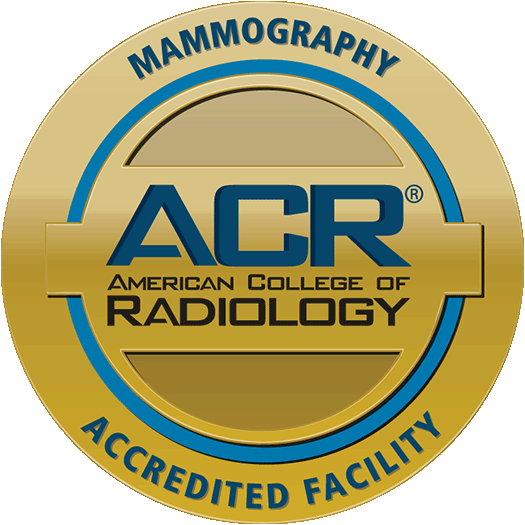935 Camellia Blvd
Suite 100
Lafayette, LA 70508

Directions to our center:
- From Kaliste Saloom Road, take Camellia Blvd. Turn onto Woods Crossing. Center is located next door to Ruffino’s Restaurant. Parking for the center is behind the building.
- From Johnston Street, take Camellia Blvd. Cross over bridge, turn left onto Woods Crossing. Center is located next door to Ruffino’s Restaurant. Parking for the center is behind the building.
30.178538337342, -92.045926682209
Solis Mammography Lafayette (formerly Breast Center of Acadiana) offers 3D screening and diagnostic mammography, screening and diagnostic ultrasound, bone density scans, image-guided wire localization, and image-guided wire-free localization. We also proudly offer Mammo+Heart at this location, which provides accurate and reliable detection of breast arterial calcification during your mammogram – all in an environment uniquely designed to promote patient peace of mind.

A breast ultrasound is a non-invasive, radiation-free exam that uses sound waves to produce images of breast tissue.
Mammo+Heart is an AI screening tool for asymptomatic women between the ages of 40 and 89. It is intended to detect the presence or absence of breast arterial calcification in parallel with breast screening mammography. It is not intended to be a diagnostic test; however it is an indication of possible cardiovascular risk and may require patient action, according to a JACC: Cardiovascular Imaging article published in 2016, which is cited here: https://www.sciencedirect.com/science/article/pii/S1936878X16000164?via%3Dihub